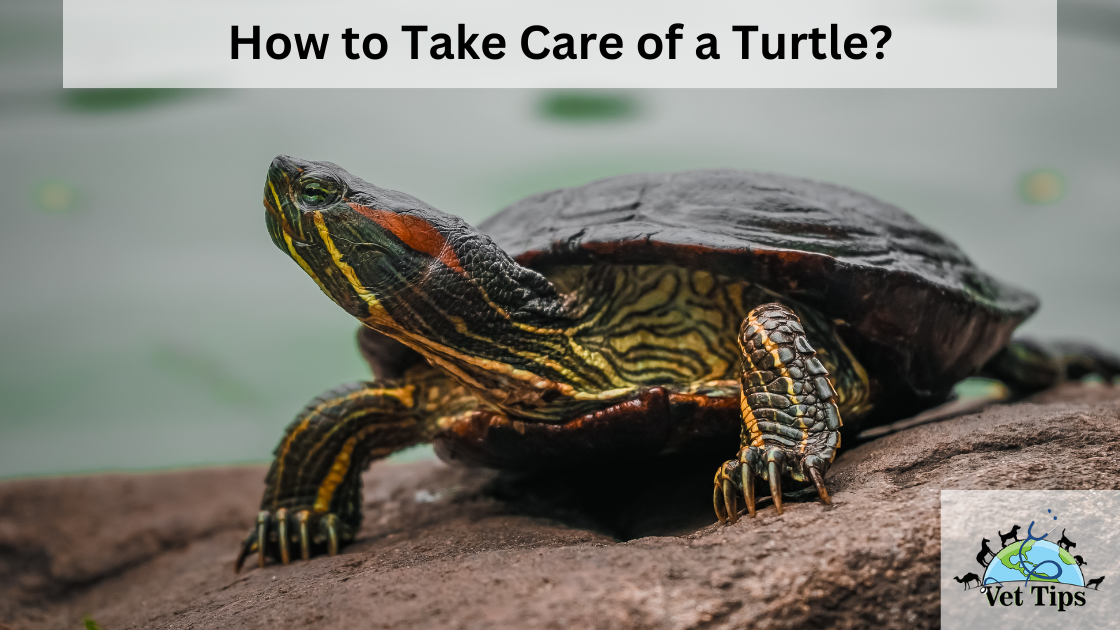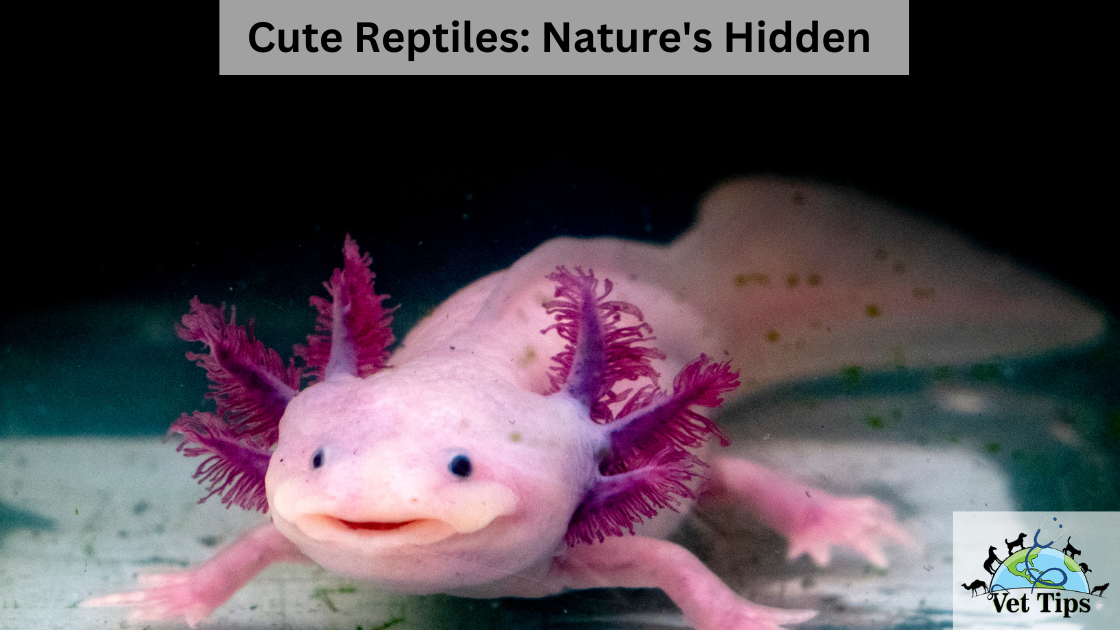“How to Take Care of a Turtle?” is the most common question new pet enthusiasts ask. So, let us discuss everything about it.
Turtles are water-loving pets that many people love to bond with. There are about 356 types of turtles and 13 families in the order. Some live on land, some in the water, and some in both places. Here is a guide to everything you need to know to take care of a turtle so that it stays happy and healthy.
Types of Turtles
Turtles are interesting animals with many different kinds that make great pets. The Red-Eared Slider, the Painted Turtle, the Box Turtle, and the Map Turtle are all common types of turtle. Each type is different and has different needs, so it’s very important to know what your turtle needs.
Things to Know When Learning How to Take Care of a Turtle
Environment and Housing
Your water turtle’s health depends on you giving it a good place to live. Make sure the tank or cage is big enough and has both a place to swim and a place to dry off. The turtle should be able to swim and look around in the tank without being cramped.
Gravel and Substrate
Choose a good medium for the tank of your turtle. If you use small dirt, the turtle might mistakenly eat it, which could hurt its health. Smooth river rocks or big pebbles work well for the bottom of the tank.
Heat
It is important to keep the turtle’s home at the right temperature. For most marine turtles, keep the water temperature between 75 and 80°F (24 and 27°C) with a good water heater. There should be a heat lamp in the resting area to make a warm spot that is about 29-32°C (85-90°F).
Light
To stay healthy, turtles need to be able to see both UVA and UVB light. UVB sun helps them make vitamin D3, which is important for getting calcium into their bodies. Buy a UVB lamp made for reptiles and make sure it is in the turtle’s area.
Filtration
Your turtle’s health depends on keeping the water clean. You need a filtering system to get rid of waste and keep dangerous bacteria out of the water. Choose a filter that is the right size for your turtle’s enclosure and follow the maintenance directions from the maker.
Water
Aquatic turtles need clean, chlorine-free water to swim and drink. Check the water quality often and change it when you need to. It is important to get the chlorine out of the tap water before putting it in the tank. The turtle should be able to swim all the way under the water.
Diet
A turtle needs to eat well-balanced food to stay healthy. Offer a mix of turtle food from a pet store, fresh veggies, and sometimes live or frozen prey like earthworms or small fish. Talk to a vet who specializes in reptiles to find out what your turtle species should eat.
Feeding
Feed your turtle the right food for its age and species. Most young turtles need to be fed every day, but adults only need to be fed every other day. Make sure the food is the right size and cut into pieces that are easy for the turtle to eat.
Turtle Health and Handling
Keep an eye on your turtle’s health and habits on a regular basis. Look for signs of sickness, like a lack of appetite, being tired, having trouble breathing, or having a shell that doesn’t look right. To keep the turtle from getting stressed, it’s important to treat it right. Always hold the turtle’s shell and don’t drop it or use too much force.
Habitat Maintenance
Turtles need their environment to be taken care of on a regular basis to stay healthy. Clean the tank often, take out any food that hasn’t been eaten, and change the water as needed. Make sure the place for warming and the UVB light are working well. Keep an eye on the temperature and humidity to make sure the setting is right.
Tips for Caring for a Pet Turtle
- Learn about the turtle type you have and what it needs.
- Spend money on good supplies and tools for their environment.
- Give them a varied meal and watch how much they eat.
- Make a safe and interesting place with places to hide.
- Spend time with your turtle often to build a relationship and lower stress.
Is a Turtle Right for You and Your Family?
Think about the following before getting a turtle as a pet:
- Turtles need care and attention over a long period of time.
- Ensure that everyone in the family is responsible and willing to contribute to the turtle’s care.
- Turtles can live for decades, so be prepared for a long-term commitment.
When Should I Call My Turtle’s Vet?
If you see any of the following, see a reptile vet:
- A loss of appetite or weight loss
- Shell defects or injuries
- Respiratory issues
- Lethargy or odd behavior
- Swollen eyes or discharge
- Diarrhea or abnormal feces
- Parasites or external abnormalities
FAQs about How to Take Care of a Turtle?
Can Turtles Survive Solely on A Diet of Pellets?
No, turtles need to eat different things like pellets, fresh veggies, and sometimes live or frozen food. A varied meal makes sure they get all the nutrients they need for good health.
How Often Should I Clean My Turtle’s Tank?
To keep your turtle’s surroundings healthy, you need to clean it often. Change some of the water every one to two weeks, and clean the tank and decorations once a month. Get rid of food quickly so it doesn’t go into the water and make it dirty.
Can I Release My Pet Turtle into The Wild?
Most of the time, you shouldn’t let your pet turtles out into the wild. They might not be able to adapt to or live in their new environment, and it could also spread diseases or upset the balance of ecosystems in the area. If you can’t take care of a turtle, you might want to contact reptile rescue groups.
How Long Do Turtles Live?
Turtles live different amounts of time based on what kind they are. Some people may only live 20–30 years, but others can live well over 50. Turtles can live a long time if they are cared for well and live in a good place.
Can Turtles Feel Emotions or Recognize Their Owners?
Even though turtles don’t show feelings like animals do, they can still know their owners through familiarity and learning by association. Turtles may get used to their owners and respond well to the care they get from them.
Tell us in the comments, how you like our article “How to Take Care of a Turtle?”
For similar posts like this, click here.
For the source file, click here.




